Before testing the chainsaw coil with a multimeter, make sure that the spark plug is disconnected. To test for resistance, set the multimeter to the ohms setting and touch one lead to each of the terminals on the coil.
If there is no continuity, or if the resistance is not within the range specified in the owner’s manual, then the coil needs to be replaced.
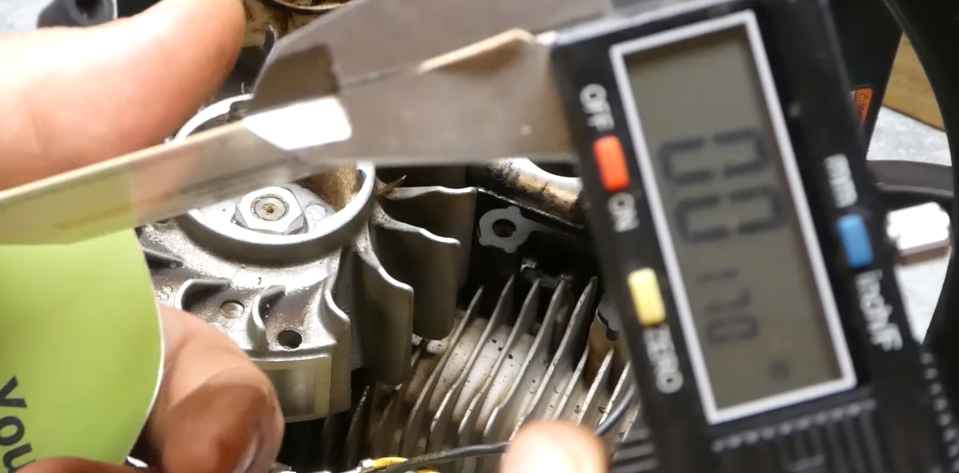
How Many Ohms Should a Chainsaw Ignition Coil Have?
An ignition coil is a type of transformer that steps up the low voltage from the chainsaw’s battery to the high voltage needed to create an electric spark in the spark plug. The average chainsaw has an ignition coil with between 3,000 and 5,000 ohms of resistance.
How Do You Check a Chainsaw Ignition Coil?
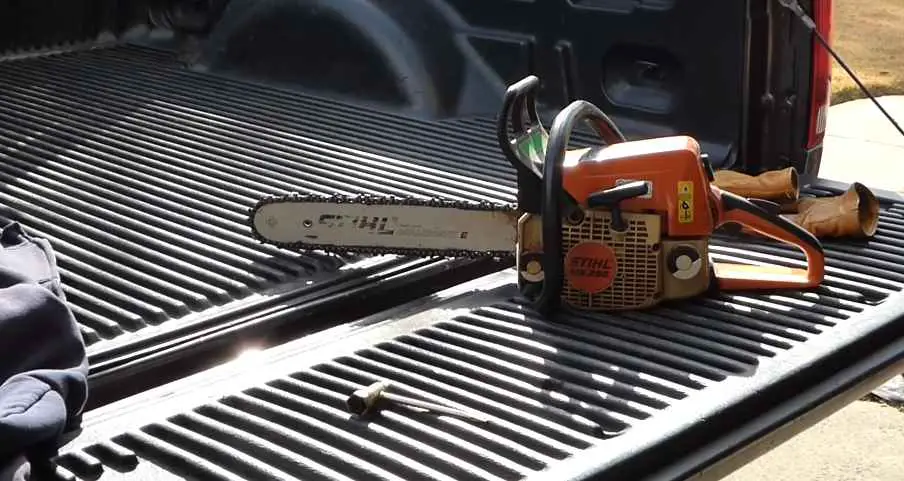
If your chainsaw isn’t starting, one possible reason is a problem with the ignition coil. Here’s how you can check it:
1. First, make sure that there is fresh fuel in the tank and that the air filter isn’t dirty.
2. If those things are fine, then remove the spark plug and inspect it. If it’s fouled or damaged, replace it.
3. Next, disconnect the ignition coil from the spark plug wire and hold it close to the ground (a metal part of the saw).
Have someone else pull the starter cord while you watch for a spark between the coil and the ground. If you see a spark, then the coil is good and you just need to check other parts of the starting system. If not, then you’ll need to replace the ignition coil.
How Do You Test a Coil With a Multimeter?
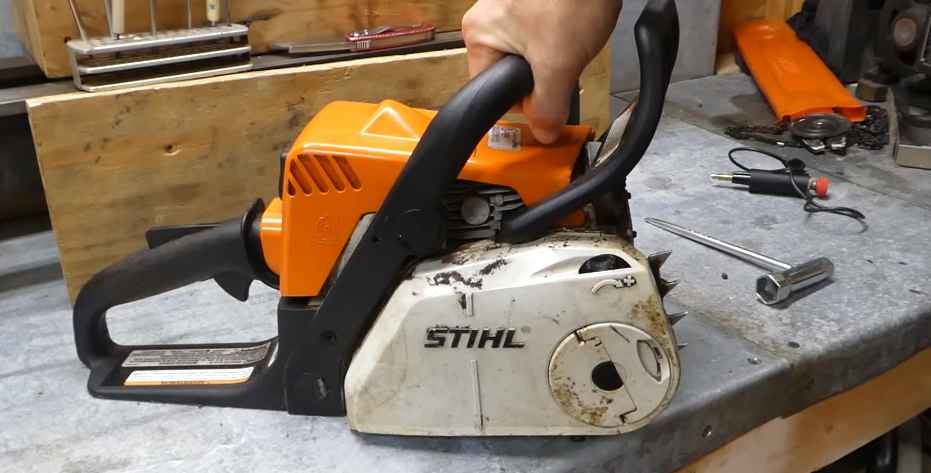
Using a multimeter to test a coil is a simple and effective way to ensure that the coil is functioning properly. There are two main ways to test a coil with a multimeter: resistance testing and inductance testing.
Resistance testing is the most common way to test a coil, as it is a quick and easy way to determine if the coil has any breaks or shorts in its windings.
To resist testing a coil, simply connect the leads of the multimeter across the terminals of the coil and check the reading on the display. The reading should be within close tolerances of the nominal value for that particular size and type of coil. If not, then there may be something wrong with the coil.
Inductance testing is another way to test coils, and this method can be used to determine if there are any open turns in the winding of the coil. To inductance test a coil, connect one lead of the multimeter to one terminal of the coil, and then hold the other lead near but not touching the other terminal of the coil.
Check the reading on the display- it should be within close tolerances of the nominal value for that particular size and type of coil.
If not, then open turns may exist in windings and additional investigation is warranted.
How Do You Test a 2 Stroke Coil With a Multimeter?
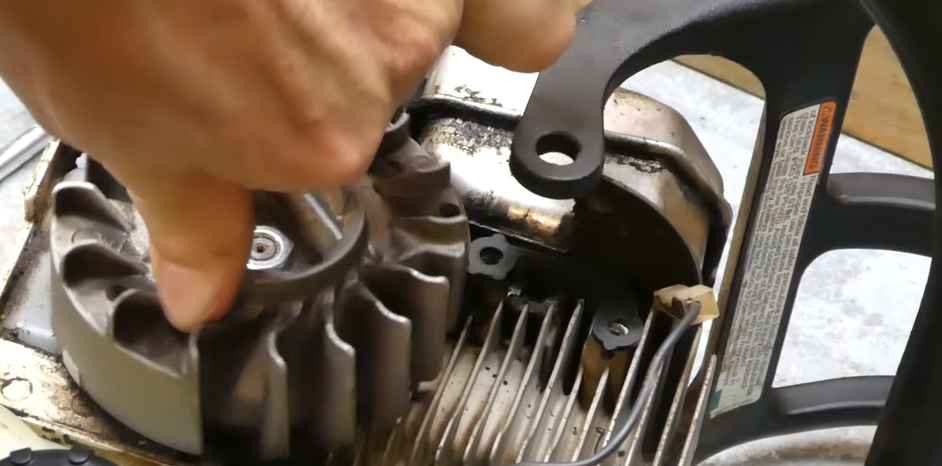
A multimeter is an essential piece of equipment for any 2-stroke engine owner. By testing the coil with a multimeter, you can quickly and easily identify whether the coil is functioning correctly or not. Here’s how to do it:
First, make sure that the multimeter is set to the correct setting. For a 2 stroke coil, you’ll need to set it to ohms. Once the multimeter is set correctly, touch one of the probes to each of the terminals on the coil.
If the reading on the multimeter is within the normal range (usually between 0.5 and 1.5 ohms), then your coil is working properly. If not, then your coil may be faulty and will need to be replaced.
How to Test Ignition Coil Without Multimeter?
If you want to test your ignition coil without a multimeter, there are a few things you can do. First, check for continuity between the positive and negative terminals of the coil. If there is continuity, then the coil is good.
If there is no continuity, then the coil is bad and needs to be replaced. Secondly, you can check the resistance of the coil with a multimeter. The resistance should be within a certain range; if it is not, then the coil is most likely bad and needs to be replaced.
Finally, you can test the output of the coil with a voltmeter. The voltmeter should read 12 volts when the engine is off; if it doesn’t, then there may be an issue with the ignition system that needs to be addressed.
How to Test a Stihl Chainsaw Coil With a Multimeter?
If your Stihl chainsaw isn’t starting, the problem may be with the coil. You can test the coil with a multimeter to see if it is faulty. To test the coil, first remove the spark plug and disconnect the kill switch wire.
Then, set your multimeter to Ohms mode and touch one of the meter’s probes to each of the coil’s terminals. The resistance should be between 0.5 and 1.5 ohms. If it is outside this range, then the coil is likely faulty and needs to be replaced.
Once you’ve confirmed that the coil is faulty, you’ll need to replace it. To do this, first remove the screws that hold on the chainsaw’s flywheel cover. Then, take out the old coil and install the new one in its place.
Be sure to reconnect all of the wires before putting everything back together again!
Husqvarna Ignition Coil Specs
If you’re a fan of Husqvarna lawnmowers, you know that they’re known for their quality and durability. But what about the ignition coil? What are the specs on this important component?
The Husqvarna ignition coil is a key part of the engine, providing the spark that ignites the fuel. It’s a vital component, and it’s important to understand the specs in order to keep your mower running smoothly.
Chainsaw Ignition Coil Repair
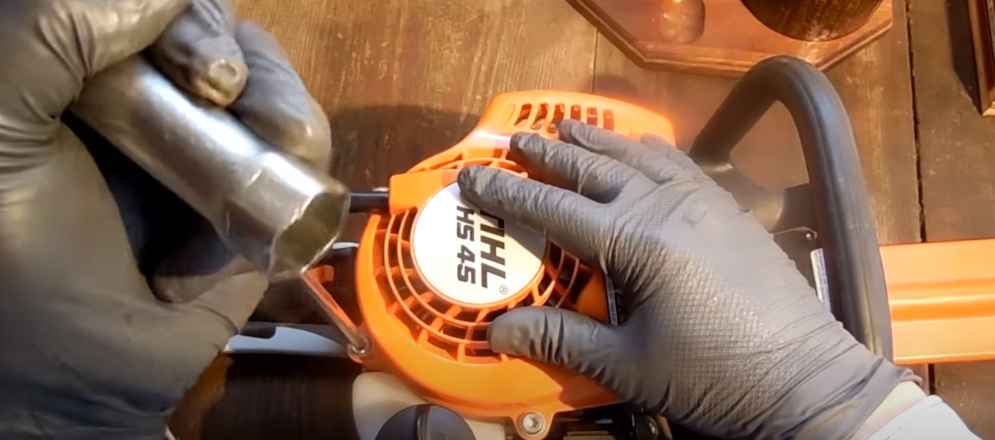
If your chainsaw isn’t starting, the problem may be with the ignition coil. In this blog post, we’ll show you how to diagnose and repair a faulty chainsaw ignition coil. The most common symptom of a bad ignition coil is a chainsaw that won’t start.
If your saw doesn’t start, but you can see that the spark plug is getting spark, then the problem is likely with the ignition coil. There are two ways to test an ignition coil: with a multimeter or by using an ohmmeter. With a multimeter, you’ll want to test for continuity between the primary and secondary windings of the coil.
If there is no continuity, then the coil is bad and needs to be replaced. To test an ignition coil with an ohmmeter, disconnect the kill switch wire from the spark plug boot. Set your ohmmeter to read resistance (ohms) and touch one probe to each terminal on the Coil.
The reading should be within the manufacturer’s specifications (usually 0.4-1.6 ohms). If it’s not, then the ignition coil needs to be replaced.
Ignition Coil Resistance Specifications
An ignition coil is a type of transformer that is used to step up the low voltage of a battery to the high voltage required by an automobile’s spark plugs. The input side of an ignition coil is typically connected to the positive terminal of the car’s battery, while the output side is connected to the spark plugs.
The resistance of an ignition coil is an important specification because it determines how much energy can be transferred from the battery to the spark plugs.
A higher resistance means less energy transfer, while a lower resistance means more energy transfer. The ideal resistance for an ignition coil depends on several factors, including the size of the engine and the type of fuel being used.
Generally speaking, a smaller engine will require a higher resistance ignition coil in order to prevent too much energy from being transferred to the spark plugs.
This can cause damage to both the spark plugs and the engine itself. Conversely, a larger engine will require a lower resistance ignition coil in order to ensure that enough energy is transferred to ignite the mixture in cylinders.
If not enough energy is transferred, then the engine will run inefficiently or may not start at all.
The type of fuel also affects ideal ignition coil resistance. Gasoline engines typically require a higher resistance than diesel engines due to compression ratios and other factors. Knowing your vehicle’s ideal ignition coil resistance specification is important when shopping for replacement parts or making modifications to your car’s electrical system.
Ignoring this specification can result in decreased performance or even damage to your car’s engine.
Chainsaw Ignition Coil Test | Step-by-Step Easy Test | Covers All Chainsaws
Conclusion
If your chainsaw isn’t starting, one possible issue is a problem with the coil. You can test the coil with a multimeter to see if it is receiving the proper amount of voltage. First, remove the spark plug and disconnect the kill switch wire.
Then, touch one lead of the multimeter to the ground terminal on the saw’s ignition system and touch the other lead to each terminal on the coil in turn. The multimeter should register between 5,000 and 30,000 ohms of resistance for a healthy coil. If you get no reading or a very low reading, then the coil needs to be replaced.